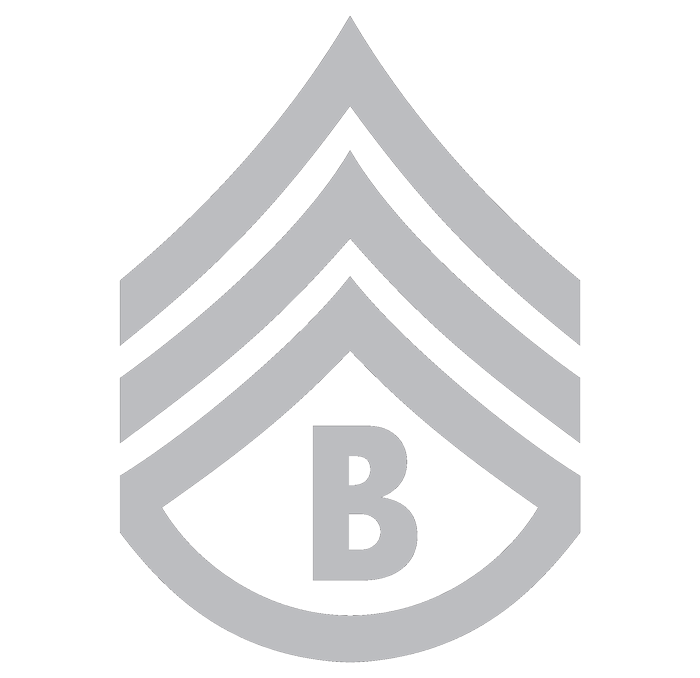NFIB Book Club: Best Books of 2017 for Entrepreneurs
Date: December 21, 2017 Written By: Katie Truesdell
As 2017 winds down, carve out some time to read these four books that offer advice for small business owners.
The Business Sergeant’s Field Manual: Military Grade Business Execution Without the Yelling and Push-Ups by Chris Hallberg
This book is designed to help small business owners improve their leadership skills and deal with the day-to-day tasks of operating a successful business. The real-world lessons include how to adopt a team-building mindset, how to identify issues hindering the performance of your company, building a strong company culture, fostering passion for the business among your staff, and tackling misconceptions about marketing and branding.
Learn Better: Mastering the Skills for Success in Life, Business, and School, or, How to Become an Expert in Just About Anything by Ulrich Boser
In this book, journalist and education researcher Ulrich Boser demonstrates that memorizing information—which experts have long claimed is the best way to learn—is not enough for the world we live in today. You’ll read about the new science of learning, six key steps to help you learn how to learn, and fascinating stories about learning from around the world—all with the goal of capitalizing on your brain’s ability to gain new skills.
RELATED: 5 Big Challenges Faced by New Small Business Owners
“As a small business owner who exclusively serves small business owners, I would count learning as one of the most critical skills for any small business operator,” says Dave Robinson, founder and managing partner of accounting firm Driven Insights. “…Every business owner must be an ongoing student of his or her market, as learning and adapting quickly is fundamental to success. Boser presents the new science of learning in a step-by-step format that accelerates the rate of learning and improves retention.”
Principles: Life and Work by Ray Dalio
This No. 1 New York Times best-seller is written by one of the world’s most successful investors and entrepreneurs, Ray Dalio. In his book, Dalio outlines hundreds of practical lessons based on the unconventional principles that are the reason behind his success—and that can be used by individuals and businesses to make decisions, approach challenges, build strong teams, and more.
“Most small business owners probably think they won’t be able to relate to the book,” says James Goodwillie, owner of One to Multi, a multisport resource hub. “Honestly, I was a little skeptical myself. But this book isn’t a ‘look what I’ve done’ type of book at all. Dalio actually breaks down his entire life into little actionable and practical lessons. His teachings about people and culture are so simple that they can be used by companies as large as Amazon or as small as a sole proprietorship. This book tremendously helped shed a new light on the way people are, how they work, and what drives them. I think it is a must-read for any small business owner.”
Stretch: Unlock the Power of Less—and Achieve More Than You Ever Imagined by Scott Sonenshein
The Washington Post touted this book before it was even published. Sonenshein writes about how to find success in business and in life using the science of resourcefulness. He differentiates the way people approach resources: by chasing (always pursuing more) and stretching (embracing what we have), and he draws from examples in business, education, sports, medicine, and history to illustrate how everyone performs better with constraints.
Ricky Klein, head meadmaker at the Groennfell Meadery, says Stretch is one of the best books he’s ever picked up. “It’s engaging and full of insights that any business owner can use,” he says. “It’s the one business book that I’ve enjoyed so much that I reread it immediately after finishing it. The basic premise is that we spend too much time—both as business owners and individuals—pursuing more resources while ignoring the ones right in front of us. This not only involves money and financial resources, but people, skills, equipment, floor space, just about anything. The book also provides a road map with practical skills that can help people stop grasping and start stretching.”
